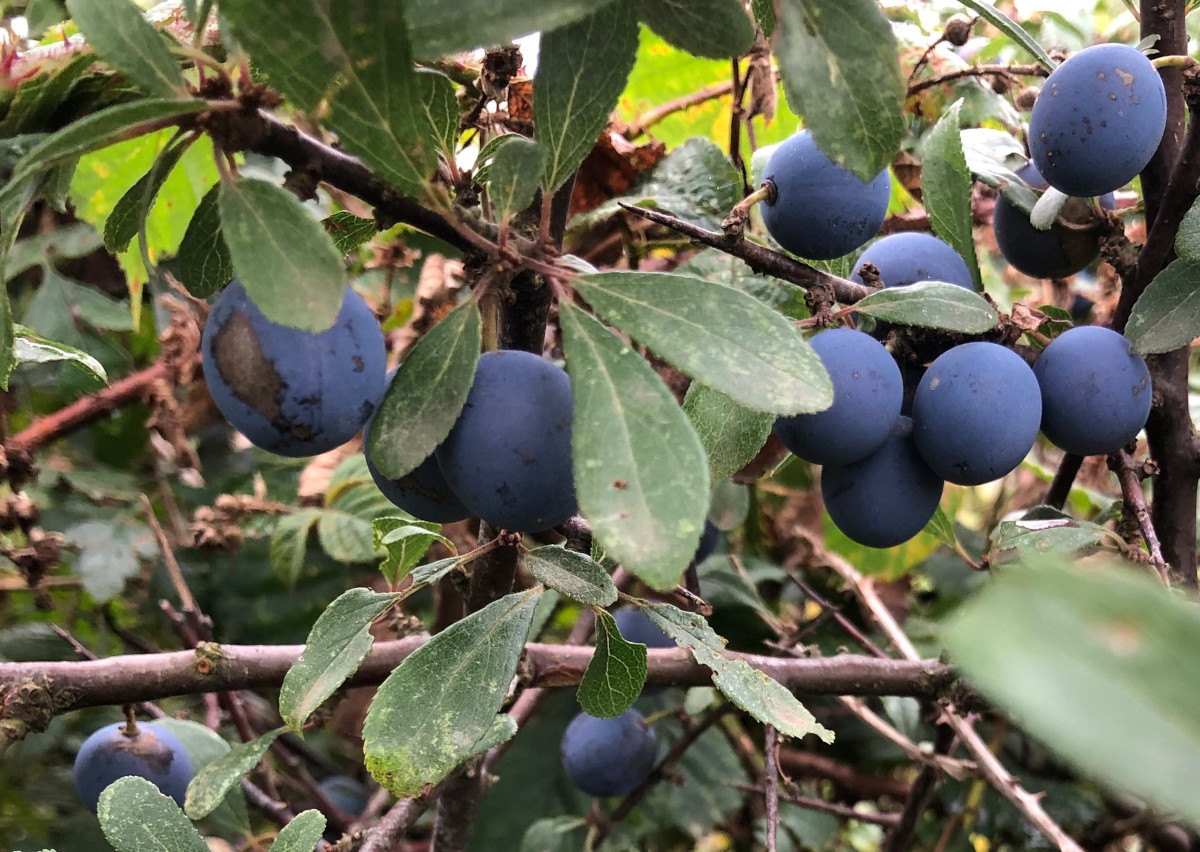Foraging terminology.

Here is a list of words , sayings and terminology associated with foraging:
- Foraging: The act of searching for and collecting wild food.
- Edible: Able to be eaten.
- Poisonous: Able to cause harm or death if eaten.
- Habitat: The natural environment of an organism.
- Range: The area where an organism lives.
- Species: A group of organisms that are similar and can reproduce with each other.
- Foraging area: An area where foraged food can be found.
- Forager: Someone who searches for and collects wild food.
- Foraging equipment: Tools used for foraging, such as buckets, knives, and identification guides.
- Foraging techniques: Methods used for foraging, such as identifying edible plants and animals, and using tools.
- Foraging safety: The importance of being safe when foraging, such as being aware of poisonous plants and animals, and being prepared for emergencies.
- Wildcrafting: The practice of harvesting wild plants and fungi for food, medicine, or other uses.
- Sustainable harvesting: The practice of gathering wild plants and fungi in a way that does not harm the environment or deplete the population.
- Nontimber forest products (NTFPs): Plant and fungi products harvested from the forest that are not timber, such as berries, nuts, and medicinal herbs.
- Perennial: A plant that lives for more than two years and regrows each year from its root system, such as asparagus and raspberries.
- Annual: A plant that completes its life cycle in one growing season and then dies, such as many weeds and garden vegetables.
- Biennial: A plant that takes two years to complete its life cycle, growing vegetatively in the first year and producing flowers and seeds in the second year, such as carrots and parsley.
- Mycelium: The vegetative part of a fungus that grows underground and absorbs nutrients.
- Rhizome: A horizontal underground stem that sends out roots and shoots, such as in ginger and turmeric.
- Tubers: Thickened underground stems or roots that store nutrients, such as in potatoes and yams.
- Shoots: New growth that emerges from the ground in the spring, such as asparagus and fiddleheads.
- Fruits: The mature ovary of a flowering plant that contains seeds and is typically sweet and fleshy, such as berries and nuts.
- Berries: Small, juicy fruits with a soft, thin skin and multiple seeds, such as blueberries and raspberries.
- Nuts: Hard-shelled fruits containing a single seed, such as acorns and hazelnuts.
- Seeds: Reproductive structures produced by flowering plants, such as sunflower seeds and quinoa.
- Leaves: The flattened structures on a plant that are responsible for photosynthesis and respiration.
- Stems: The main structural supports of a plant that transport water and nutrients from the roots to the leaves.
- Roots: The underground structures that anchor a plant and absorb water and nutrients from the soil.
- Flowers: The reproductive structures of a plant that produce seeds through pollination.
This is just a general list of foraging terminology. There are many other terms that may be used in foraging, depending on the specific type of foraging being done.
